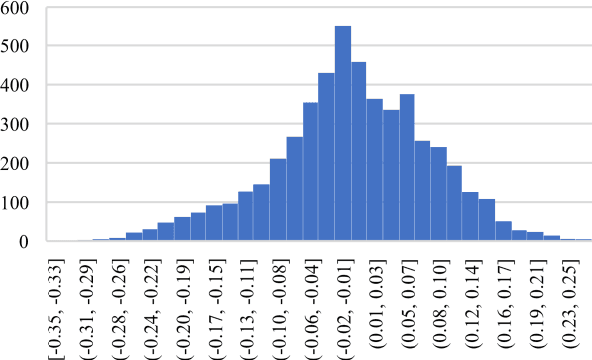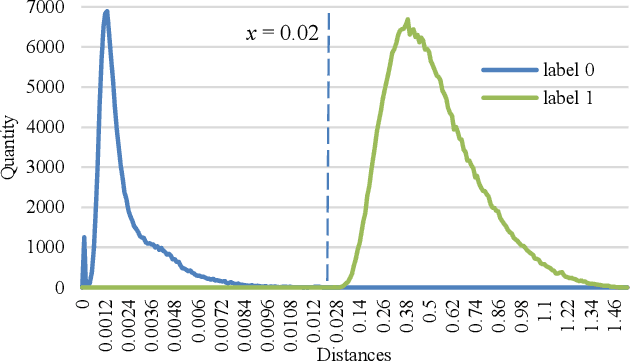Jinli Zhang
Enhancing the Performance of Aspect-Based Sentiment Analysis Systems
Apr 04, 2024Abstract:Aspect-based sentiment analysis aims to predict sentiment polarity with fine granularity. While Graph Convolutional Networks (GCNs) are widely utilized for sentimental feature extraction, their naive application for syntactic feature extraction can compromise information preservation. This study introduces an innovative edge-enhanced GCN, named SentiSys, to navigate the syntactic graph while preserving intact feature information, leading to enhanced performance. Specifically,we first integrate a bidirectional long short-term memory (Bi-LSTM) network and a self-attention-based transformer. This combination facilitates effective text encoding, preventing the loss of information and predicting long dependency text. A bidirectional GCN (Bi-GCN) with message passing is then employed to encode relationships between entities. Additionally, unnecessary information is filtered out using an aspect-specific masking technique. To validate the effectiveness of our proposed model, we conduct extensive evaluation experiments and ablation studies on four benchmark datasets. The results consistently demonstrate improved performance in aspect-based sentiment analysis when employing SentiSys. This approach successfully addresses the challenges associated with syntactic feature extraction, highlighting its potential for advancing sentiment analysis methodologies.
AI-powered Covert Botnet Command and Control on OSNs
Sep 22, 2020



Abstract:Botnet is one of the major threats to computer security. In previous botnet command and control (C&C) scenarios using online social networks (OSNs), methods for finding botmasters (e.g. ids, links, DGAs, etc.) are hardcoded into bots. Once a bot is reverse engineered, botmaster is exposed. Meanwhile, abnormal contents from explicit commands may expose botmaster and raise anomalies on OSNs. To overcome these deficiencies, we propose an AI-powered covert C&C channel. On leverage of neural networks, bots can find botmasters by avatars, which are converted into feature vectors. Commands are embedded into normal contents (e.g. tweets, comments, etc.) using text data augmentation and hash collision. Experiment on Twitter shows that the command-embedded contents can be generated efficiently, and bots can find botmaster and obtain commands accurately. By demonstrating how AI may help promote a covert communication on OSNs, this work provides a new perspective on botnet detection and confrontation.
 Add to Chrome
Add to Chrome Add to Firefox
Add to Firefox Add to Edge
Add to Edge